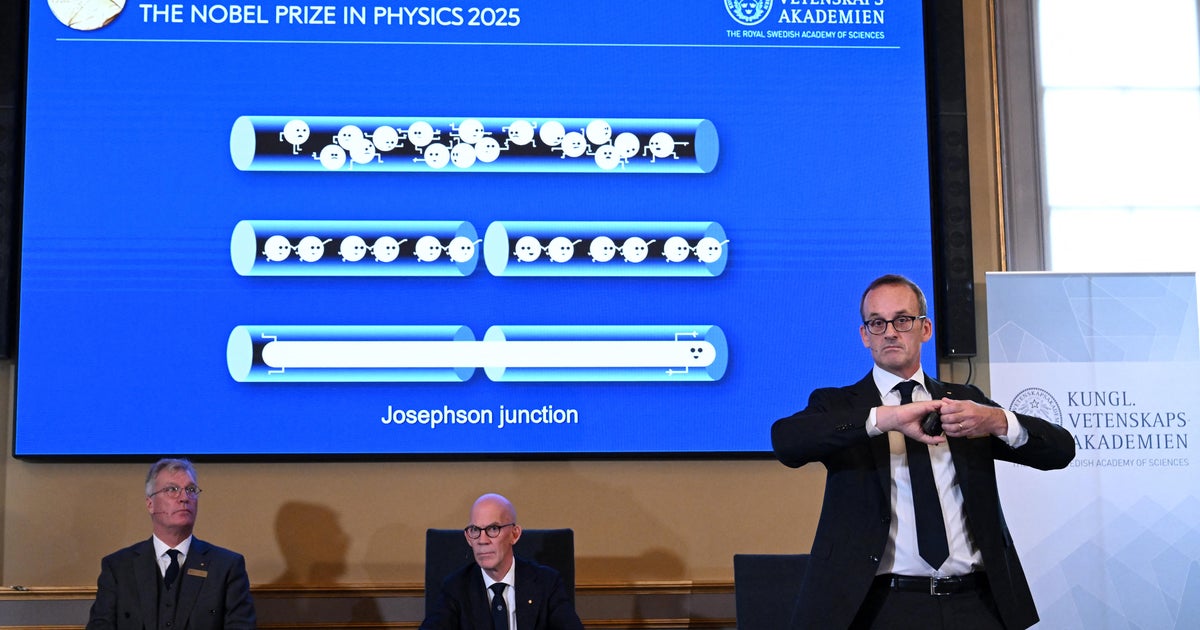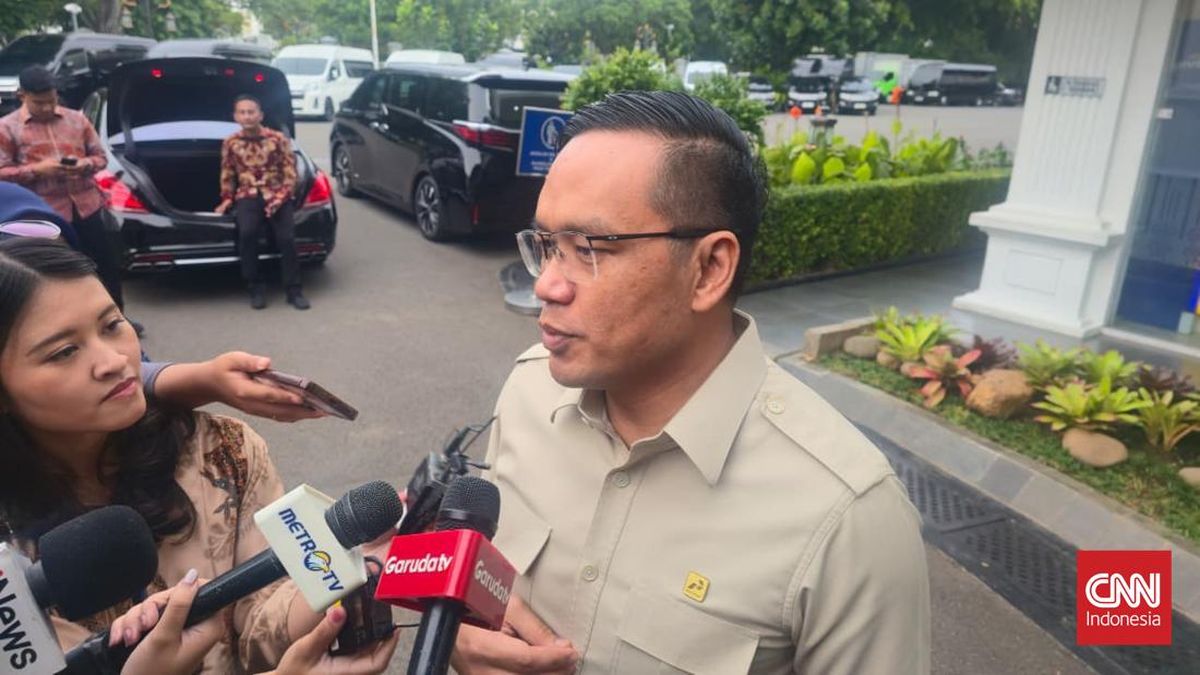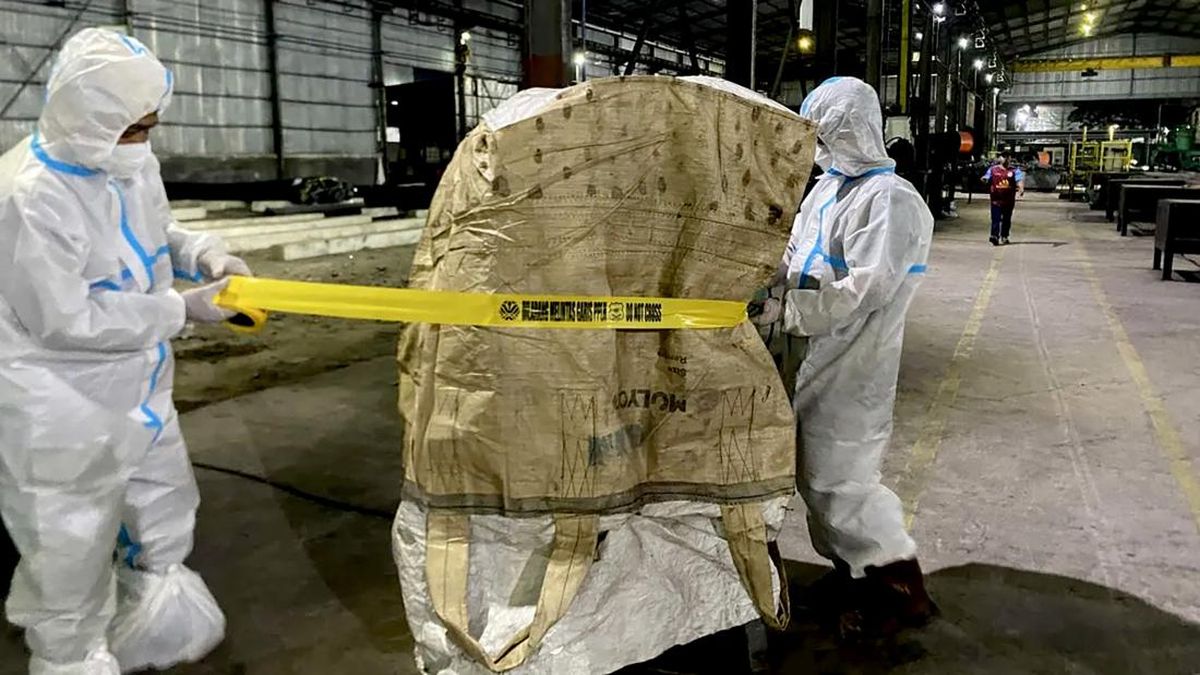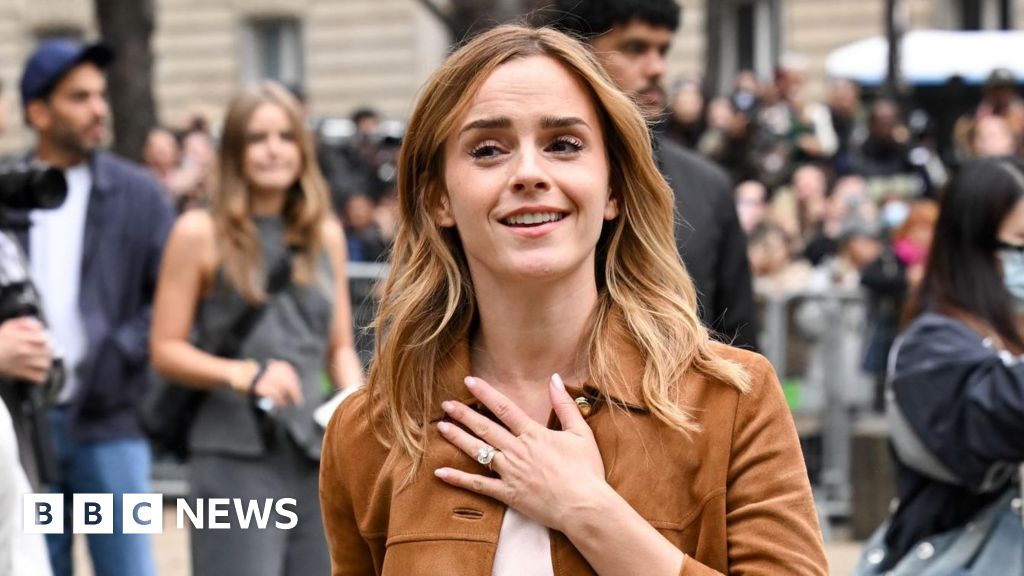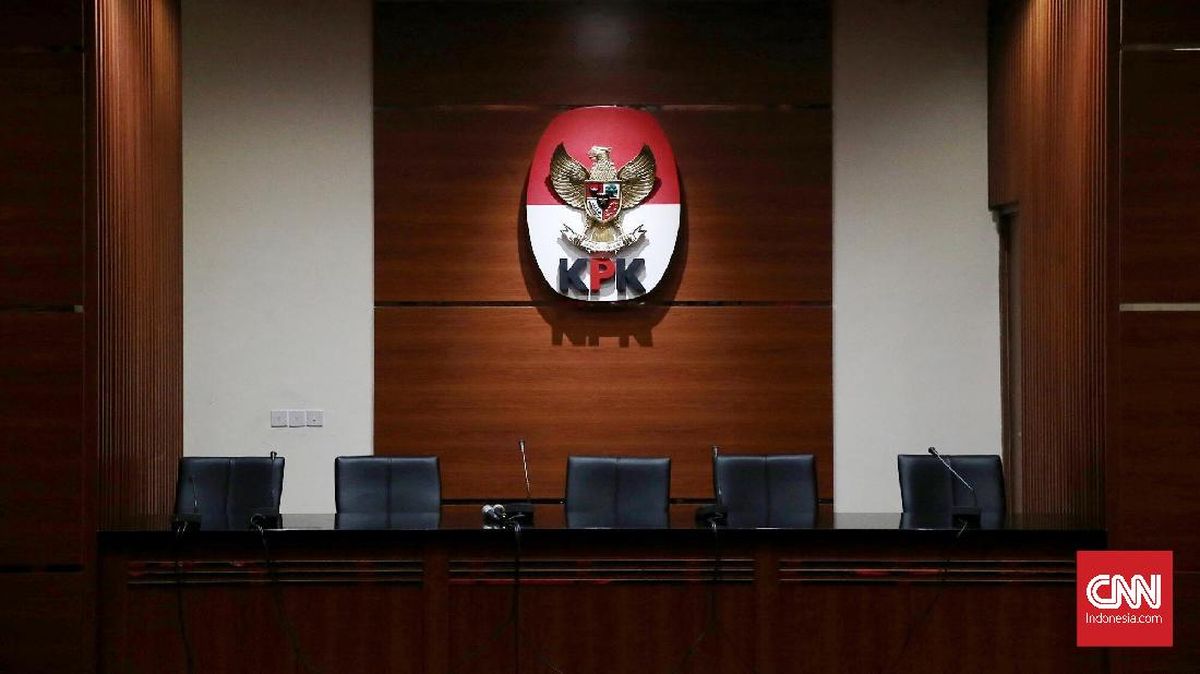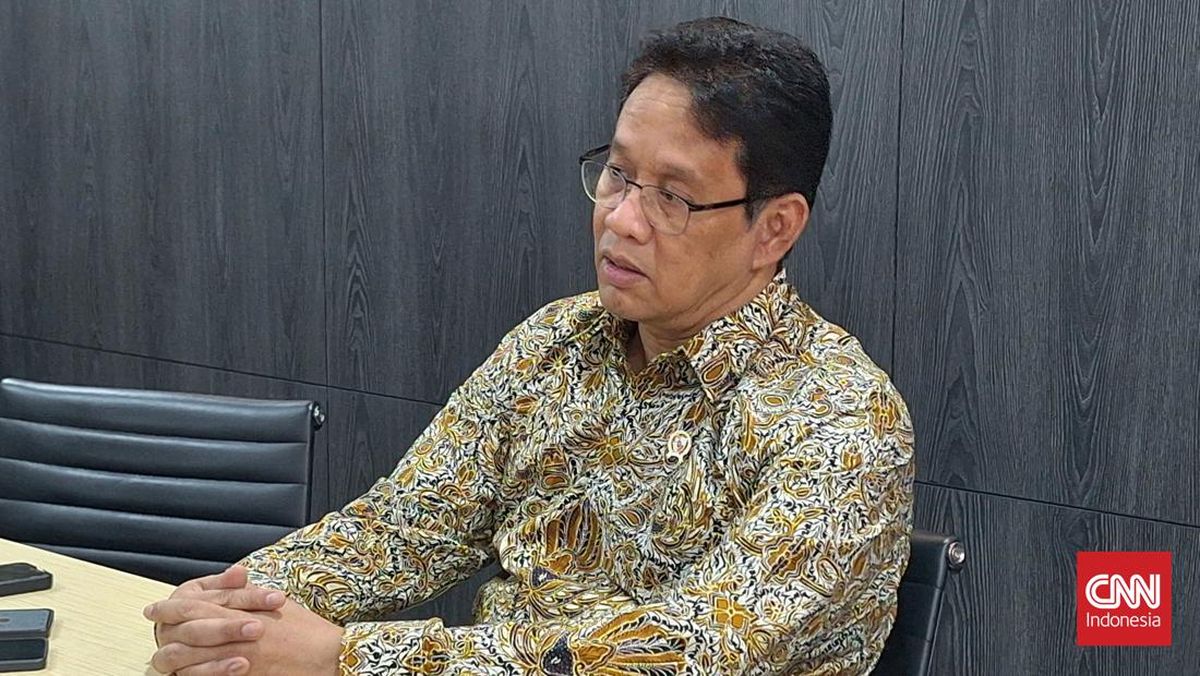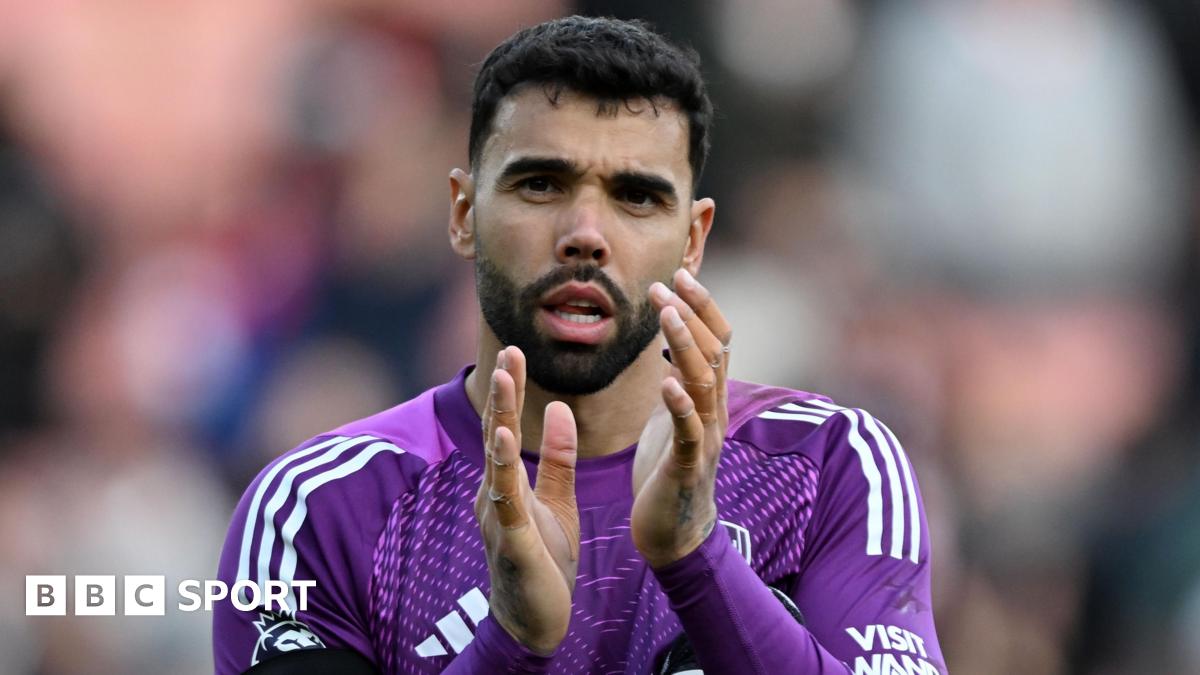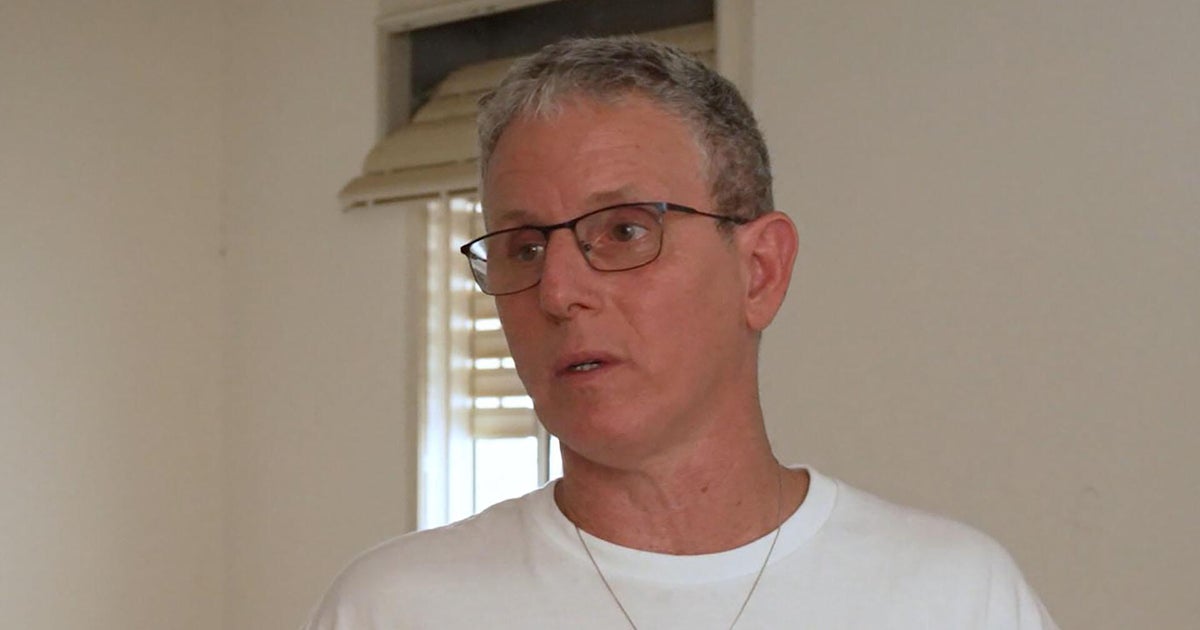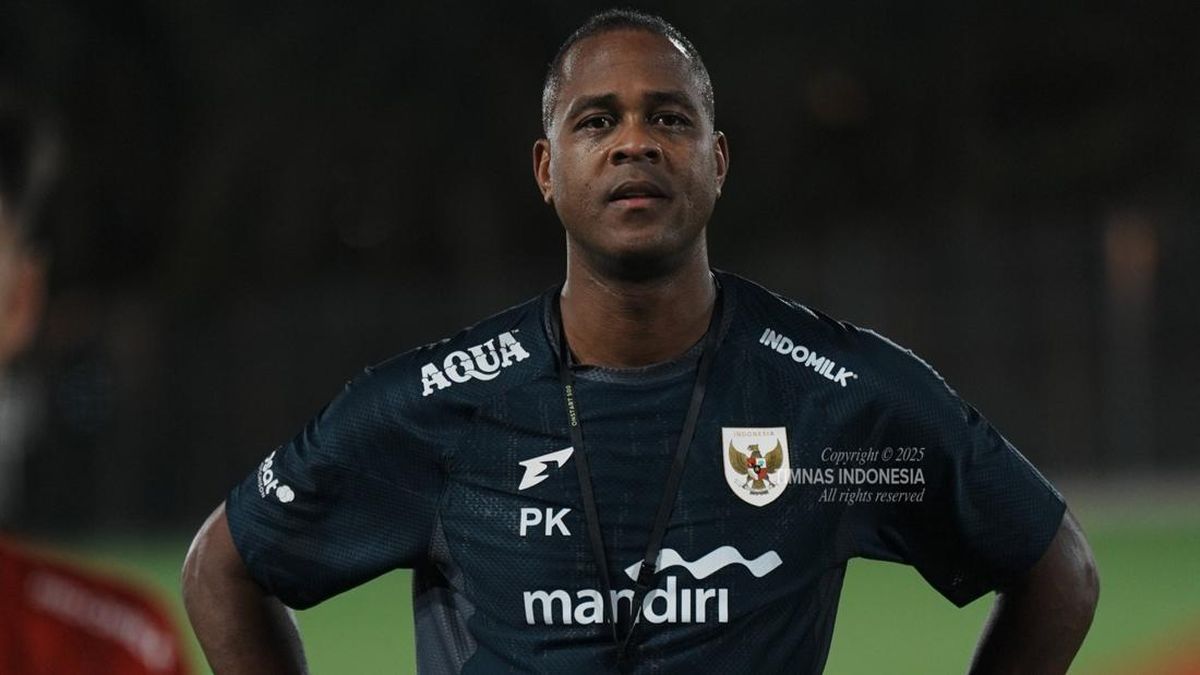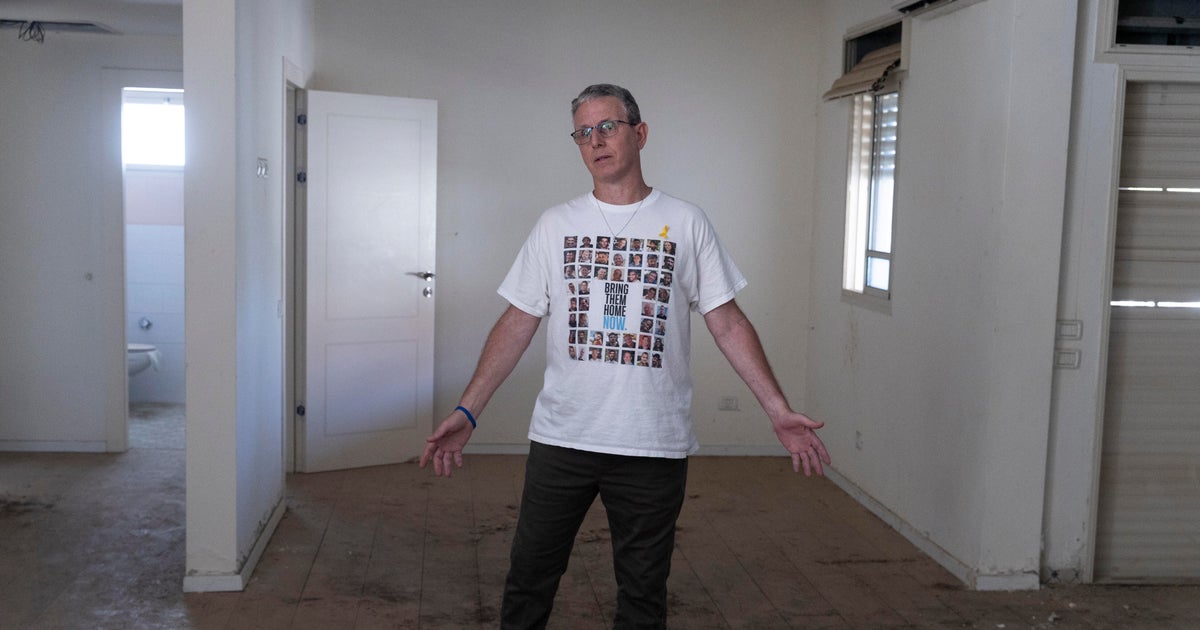In Hollywood, a sure thing is only a sure thing until it’s not. Just ask the western and the musical, which dominated screens until the mid-1960s before falling out of favour seemingly overnight. Or the musclebound action films of the 1980s or “Frat Pack” comedies of the 2000s. Now, with this year’s Superman and Fantastic Four films making barely half of what Captain Marvel or Aquaman could pull six years ago, it looks as though that moment has come for the most unassailable genre of the past two decades: the superhero movie. So what finally did it in?
Nadine Whitney, co-chair of the Australian Film Critics Association, sees a clear delineation between audience appetites pre- and post-pandemic. “The unprecedented commercial and critical success of non-studio indies such as Sean Baker’s Anora [which won a slew of Oscars including best picture this year] speaks to a shift away from the superhero panaceas that dominated cineplexes before the pandemic. It seems as if the general audience has grown out of the genre.”

Up against it: from left, Tom Holland as Spider-Man, David Corenswet as Superman and Pedro Pascal as Mr Fantastic.
But if COVID did kill the superhero, it wasn’t the only factor. Familiarity breeds contempt, and the superhero genre got away with more familiarity than most. Since 2000 we’ve had four live-action big-screen versions of Batman, three Supermen, seemingly countless Spider-Man chapters, four Fantastic Fours and god knows how many versions of each X-Man. And that’s not including animation or television. We’ve had showtune-crooning Jokers and fourth-wall-breaking Deadpools and The Boys on Prime Video going rogue. In 2006 a new X-Men film was an event. When the next one rolls around (expected in 2027 or ’28), I’ll probably just wait to stream it, if I bother to watch it at all. It’s hard to imagine what this genre can offer that we haven’t already seen more than enough times.
To Ben Michael, course co-ordinator of Screenwriting at the Victorian College of the Arts, the problem is obvious. While many filmgoers are hankering for “a film that’s entertaining and smart and speaks to you like a grown-up”, Hollywood has, for the past two decades, “cynically trotted out paint-by-numbers, dull superhero films” that say nothing to audiences about their own lives. The inevitable result? People stop going.

Chris Hemsworth in Avengers Endgame: it was all downhill from here.Credit: Marvel Studios
It’s worth noting that whispers of superhero fatigue have been doing the rounds for a long time, but that didn’t stop Avengers: Endgame from becoming the second-highest-grossing film of all time in 2019. Which incidentally came a good 10 years after Watchmen mirrored its source material in a cynical takedown of the whole caped crusader concept; the kind of thing that only happens when that concept is ubiquitous enough to warrant a deconstruction. You can’t blame Hollywood for pumping out so many superhero movies when for almost 20 years people just couldn’t get enough of them.
It’s instructive to look at historical trends that mirror the current decline. You don’t have to work too hard to draw a line between a post-World War II America and the self-mythologising that the western offered, with its white hats and black hats and heroes who save the day. Then the ’60s happened, censorship laws changed and suddenly that mode of storytelling looked quaint. Against the backdrop of civil unrest and distrust in authority, cinema turned darker, more ambiguous, more adult. The American New Wave or New Hollywood era that started in the late ’60s gave us Martin Scorsese, George Lucas, Francis Ford Coppola and a litany of dark films about troubled characters until they too burned out.
The reason? As Quentin Tarantino wrote in his 2022 book Cinema Speculation: “Regular moviegoers were becoming weary of modern American movies. The darkness, the drug use, the embrace of sensation, the violence, the sex, and the sexual violence. But even more than that, they became weary of the anti-everything cynicism... Was everything a bummer? Was everything a drag? Was every movie about some guy with problems?”
Celebrities we’d gotten used to seeing as world-saving heroes sang off-key from their mansions while we fought over toilet paper.
Not in the 1980s. Against the Reagan-era backdrop of renewed American patriotism, we saw the rise of the musclebound action hero, the bombastic blockbuster and the broad campus comedy. When the Cold War ended and that hand-on-heart American pride started to feel a little corny, the ’90s gave us a new wave of spiky original voices doing spiky original things – Tarantino was in good company among others including Kevin Smith, David Fincher, Jane Campion, Guy Ritchie, Kathryn Bigelow, Richard Linklater, the Wachowskis and Wes Anderson.
It’s hard to neatly frame the superhero genre as the product of any particular social climate given how many it managed to weather. It proved resilient to often tumultuous times, but perhaps its endurance is attributable to a malleability that spanned at least three vastly different presidencies. But if that’s the case, was COVID really enough to so thoroughly change public appetites?

Paul Bettany and Elizabeth Olsen in WandaVision.Credit: Marvel Studios
In truth, yes. Personally, I went into lockdown looking forward to every new episode of WandaVision and left it barely able to remember that there was a new solo Batman film coming out – which, by the way, grossed just over half of what the previous one did a decade before.
Several seismic changes happened during the pandemic years. We got used to our entertainment being delivered directly to our televisions, for one. But we also learned that doing everything right could still see us locked in our houses for months on end, and might not stop us getting sick anyway. We often lived in very different realities to even our closest family and friends. We learned that governments and corporations would have us following rules they did not care to follow themselves. Celebrities we’d gotten used to seeing as world-saving heroes sang off-key from their mansions while we fought over toilet paper and were barred from visiting our dying grandparents. Is it any wonder that we stopped being quite as convinced by brightly coloured demigods swooping in to save the day?
Loading
Add to this the fact that COVID correlated with major players like Marvel and DC ramping up their output. As Whitney says: “With interconnected television shows to keep up with, the sunk-cost fallacy [whereby we resist abandoning a long-followed habit even when we know we should] doesn’t apply any longer. The idea that a weapons maker can turn hero a la Iron Man appears wilfully naive now that there are two major wars occurring. Do we want Batman’s vigilantism when masked men attack the vulnerable in cities across America? Who can relate to ‘truth, justice, and the American way’ in 2025?”
As someone who grew up with Hugh Jackman as Wolverine and Tobey Maguire as Spider-Man, comic-book heroes were a big part of my pop-culture DNA, no matter how much I pretended otherwise in my film school years. But as a grown man, I still cheered when Maguire swung into action with his successors Andrew Garfield and Tom Holland in Spider-Man: No Way Home. I can’t imagine being so excited by any of that if I’d grown up in the COVID years. If the virus damaged the millennial ability to suspend disbelief, just imagine what it did to the demographic that, ultimately, is the target audience for these films.
So now we see kids flocking to video-game adaptations like the Minecraft or Super Mario Bros. movies while adults, perhaps belatedly, have started looking beyond Marvel and DC for the stories that really excite them.

Movies for grown-ups: from left, Zendaya in Challengers, Julia Garner in Weapons and Michael B. Jordan in Sinners.
The most talked-about movies of recent years don’t involve capes or lightsabers. Challengers – playful, funny, sexy and wildly entertaining – spawned an extended cultural conversation. Sinners, which earned four times its budget at the box office, stands as a best picture contender and bona fide phenomenon. Weapons was anybody’s definition of a sleeper hit, scoring huge box office on a slim budget and setting off a flood of memes and think pieces.
For his part, Ben Michael hopes that we’re seeing the dawn of a more artistically daring time. “Hollywood by and large isn’t where the action is and hasn’t been for some time. Will it give us another ’70s American New Wave? I don’t think so. Are there smart films from around the world and some indie Americans bringing us back to the cinema? Yes. And I couldn’t be happier.”
I don’t know if the decline of the superhero film says something about a broader cultural loss of innocence. But I suspect that an increasingly unstable world makes it a lot harder to view metahumans in capes as either diverting or meaningful. All signs point to an undeniable decline of what dominated cinemas for the past two decades, and the rise of something else: original, inventive, entertaining films for adults.
Loading
Gabriel Bergmoser’s latest novel, High Rise (HarperCollins, $32.99), is out now.
Must-see movies, interviews and all the latest from the world of film delivered to your inbox. Sign up for our Screening Room newsletter.

